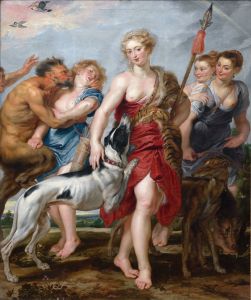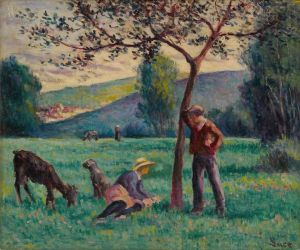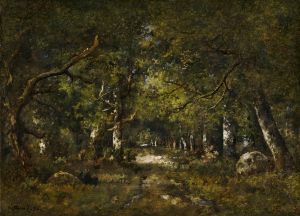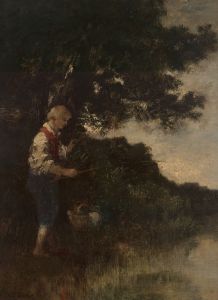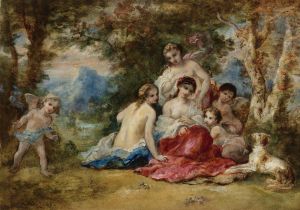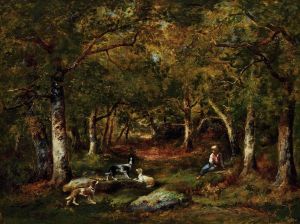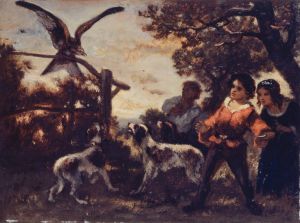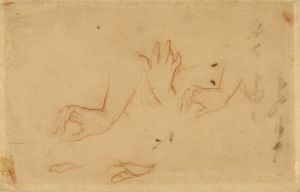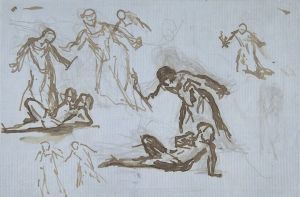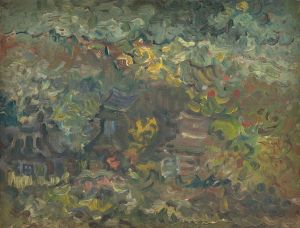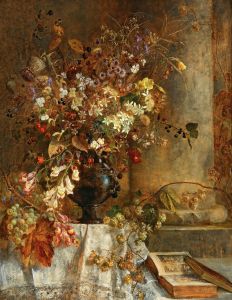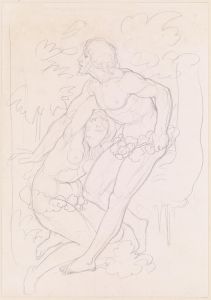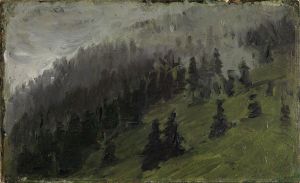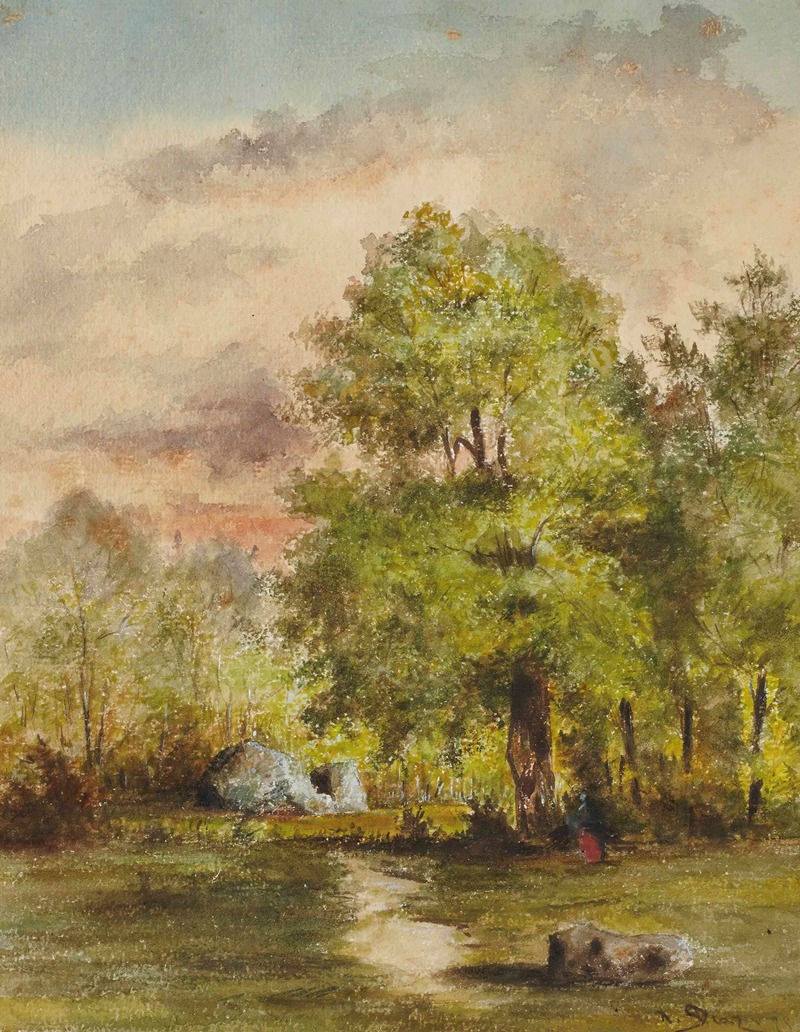
Vue d’une clairière
A hand-painted replica of Narcisse-Virgile Diaz de La Peña’s masterpiece Vue d’une clairière, meticulously crafted by professional artists to capture the true essence of the original. Each piece is created with museum-quality canvas and rare mineral pigments, carefully painted by experienced artists with delicate brushstrokes and rich, layered colors to perfectly recreate the texture of the original artwork. Unlike machine-printed reproductions, this hand-painted version brings the painting to life, infused with the artist’s emotions and skill in every stroke. Whether for personal collection or home decoration, it instantly elevates the artistic atmosphere of any space.
Narcisse-Virgile Diaz de La Peña was a prominent French painter of the 19th century, known for his association with the Barbizon School, a movement that emphasized naturalistic representation of landscapes and rural life. One of his notable works is "Vue d’une clairière," which translates to "View of a Clearing."
"Vue d’une clairière" exemplifies Diaz de La Peña's mastery in capturing the essence of nature through his use of light, color, and texture. The painting depicts a serene forest clearing, bathed in soft, diffused light that filters through the canopy of trees. The scene is tranquil and inviting, showcasing Diaz de La Peña's ability to evoke a sense of peace and harmony with nature.
Diaz de La Peña was born on August 20, 1807, in Bordeaux, France, to Spanish parents. He moved to Paris at a young age and initially trained as a porcelain painter before turning to oil painting. His early works were influenced by Romanticism, but he later became associated with the Barbizon School, a group of artists who settled in the village of Barbizon near the Forest of Fontainebleau. This group, which included artists like Théodore Rousseau, Jean-François Millet, and Charles-François Daubigny, sought to break away from the formalism of academic art and instead focused on painting landscapes directly from nature.
In "Vue d’une clairière," Diaz de La Peña employs a rich palette of greens, browns, and yellows to depict the lush foliage and dappled sunlight of the forest. His brushwork is both delicate and expressive, capturing the intricate details of leaves and branches while also conveying the overall atmosphere of the scene. The composition is balanced and harmonious, with a clear focal point that draws the viewer's eye into the depth of the clearing.
Diaz de La Peña's work is characterized by his ability to convey the transient effects of light and atmosphere. In "Vue d’une clairière," he skillfully captures the play of light and shadow, creating a sense of depth and dimension. The painting invites viewers to step into the scene and experience the quiet beauty of the natural world.
Throughout his career, Diaz de La Peña received numerous accolades and exhibited his works at the Paris Salon, where he gained recognition for his contributions to landscape painting. His works were highly sought after by collectors and continue to be admired for their technical skill and emotive power.
"Vue d’une clairière" is a testament to Diaz de La Peña's talent and his deep appreciation for the natural world. It reflects the ideals of the Barbizon School, emphasizing a direct and honest portrayal of nature. Today, Diaz de La Peña's paintings can be found in major museums and private collections around the world, where they continue to inspire and captivate audiences with their beauty and serenity.





